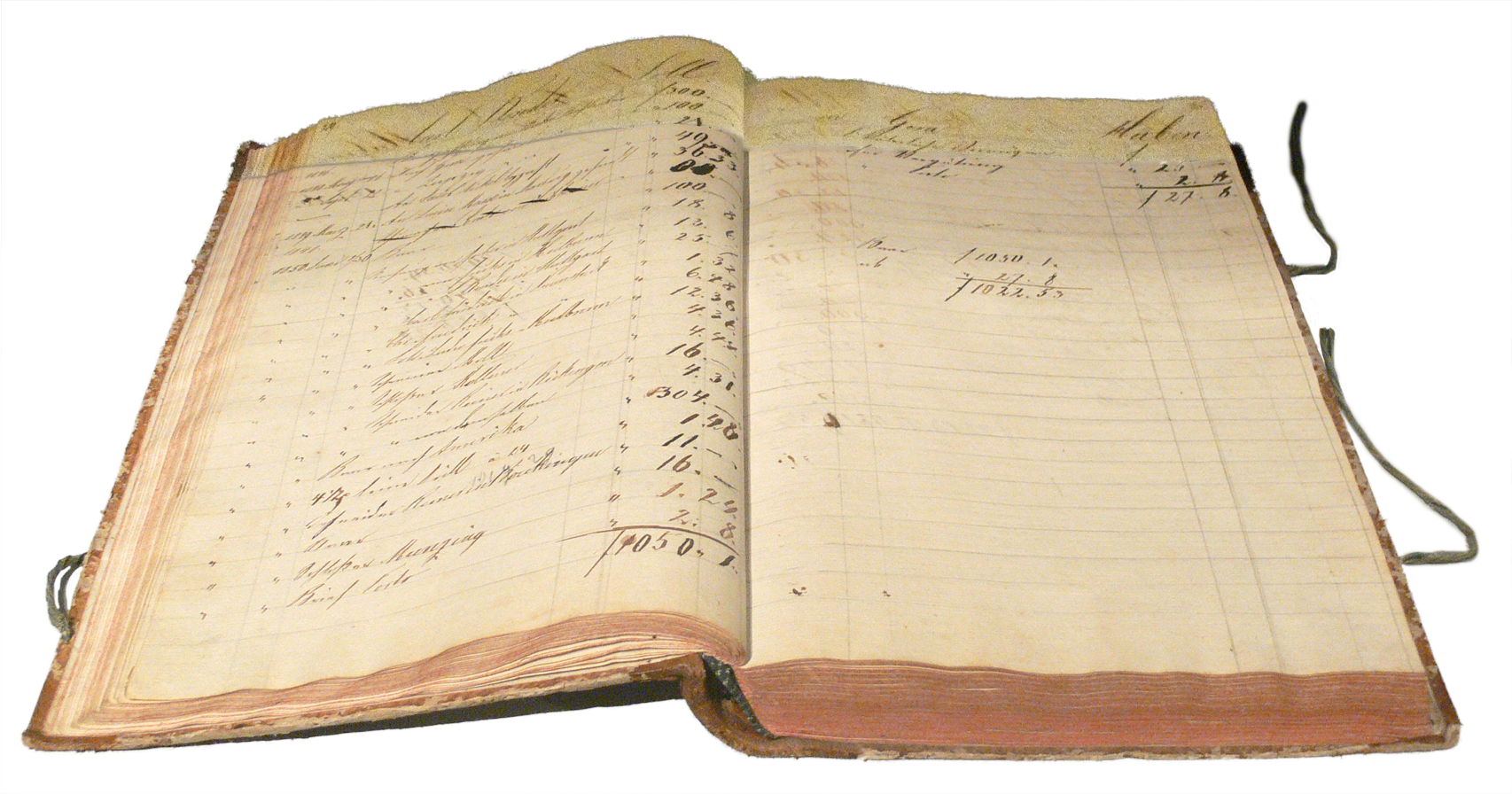Investing in the Stock Market 101
- Introduction to Investing
- Principles of Investing
- Types of Investments
- How to Read Financial Statements
- Building an Investment Portfolio
- Strategies for Long-Term Investing
- Preparing for Market Uncertainties
How to Read Financial Statements
Understanding Balance Sheets: A Guide for Investors

Accounting financial summary.
A balance sheet is one of the most important financial statements for investors. It provides a snapshot of a company's financial health at a specific point in time. The balance sheet is divided into three main sections: assets, liabilities, and shareholders' equity. Understanding these components is crucial for making informed investment decisions.
Structure of a Balance Sheet
A balance sheet is structured around the fundamental equation: Assets = Liabilities + Shareholders' Equity. This equation means that the resources a company owns (assets) are financed by debts (liabilities) and the money shareholders have invested (shareholders' equity).
Assets
Assets are what a company owns and uses to operate its business. They are categorized into two main types:
-
Current Assets: These are assets that can be converted into cash within one year. They include cash and cash equivalents, accounts receivable, inventory, and other short-term assets.
-
Non-Current Assets: These are long-term assets that cannot be easily converted into cash. They include property, plant and equipment (PP&E), intangible assets like patents and trademarks, and long-term investments.
Liabilities
Liabilities are what a company owes to others. Like assets, liabilities are also categorized into two main types:
-
Current Liabilities: These are debts that must be paid within one year. They include accounts payable, accrued liabilities, and short-term debt.
-
Non-Current Liabilities: These are long-term debts that are not due within the next year. They include long-term debt, deferred tax liabilities, and pension obligations.
Shareholders' Equity
Shareholders' equity represents the net assets of a company, i.e., the assets remaining after deducting liabilities. It's what the shareholders own. It includes:
-
Common Stock: This represents the initial capital invested by the shareholders.
-
Retained Earnings: These are the profits that the company has earned over time and chosen to reinvest in the business rather than distribute as dividends.
-
Treasury Stock: These are the shares that the company has repurchased from shareholders. They are deducted from shareholders' equity because they represent a return of capital to shareholders.
The Relationship Between Assets, Liabilities, and Equity
The balance sheet gets its name from the fact that the two sides of the equation (Assets = Liabilities + Shareholders' Equity) must balance out. This means that if a company finances its assets by taking on more liabilities, its shareholders' equity decreases. Conversely, if a company pays off its liabilities, its shareholders' equity increases.
Understanding a balance sheet is crucial for investors because it provides key insights into a company's financial health. By analyzing a company's assets, liabilities, and shareholders' equity, investors can assess the company's liquidity, solvency, and capital structure, which are all important factors in investment decision-making.